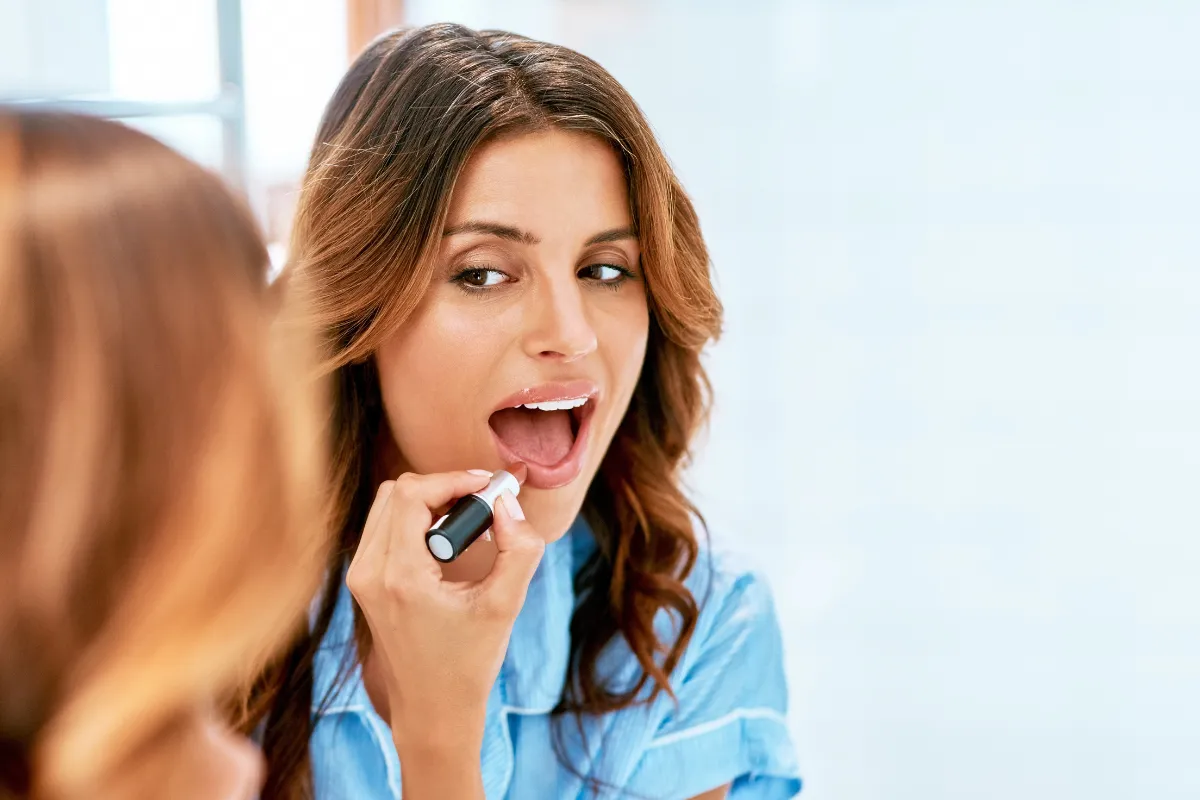In the world of makeup, contouring has become a staple technique for enhancing facial features and creating definition. Whether you want to sculpt cheekbones, slim your nose, or define your jawline, mastering the art of contouring can help you achieve your desired look. In this comprehensive guide, we’ll delve into the ins and outs of contouring, exploring techniques, tools, and tips for achieving flawless results.
Understanding Contouring
Contouring involves using makeup shades that are slightly darker and lighter than your natural skin tone to create shadows and highlights on your face. By strategically applying these shades, you can enhance your bone structure and create the illusion of more defined features. Contouring is all about enhancing your natural beauty and creating dimension, rather than completely altering your appearance.
Choosing the Right Products
When it comes to contouring, choosing the right products is essential for achieving seamless results. Opt for cream or powder formulas that are easy to blend and match your skin tone. Cream products are ideal for creating a more natural, dewy finish, while powder products are great for achieving a matte look that lasts all day. Look for contour palettes that contain multiple shades to suit different skin tones and undertones.
Essential Tools for Contouring
The key to successful contouring lies in the tools you use. Invest in high-quality makeup brushes specifically designed for contouring, such as angled brushes for precise application and blending brushes for seamless blending. Makeup sponges are also great for blending cream products and achieving a flawless finish. Experiment with different tools to find what works best for you and your desired contouring style.
Contouring Techniques
There are several contouring techniques you can use to enhance different areas of your face. For sculpting cheekbones, apply a darker shade of contour powder or cream along the hollows of your cheeks and blend upwards towards your temples. To slim the nose, apply contour along the sides of the nose and blend well for a natural-looking effect. For defining the jawline, apply contour along the jawline and blend downwards towards your neck to create a seamless transition.
Highlighting and Blending
In addition to contouring, highlighting plays a crucial role in achieving a balanced, sculpted look. Apply a lighter shade of highlighter to the high points of your face, such as the tops of your cheekbones, the bridge of your nose, and the cupid’s bow. Blend well to ensure a seamless transition between the contour and highlight shades. The key to successful contouring is blending, so take your time and use light, feathery strokes to achieve a natural-looking finish.
Tips for Flawless Contouring
- Start with a Light Hand: It’s easier to add more product than to remove excess, so start with a light hand and build up gradually until you achieve your desired intensity.
- Blend, Blend, Blend: Blending is the key to seamless contouring, so take your time and blend well to avoid harsh lines and streaks.
- Choose the Right Shades: Make sure to choose contour and highlight shades that complement your natural skin tone and undertones for the most flattering results.
- Experiment and Practice: Contouring is a skill that takes time to master, so don’t be afraid to experiment with different techniques and products until you find what works best for you.
- Set Your Makeup: To ensure your contouring lasts all day, set your makeup with a translucent powder or setting spray to lock everything in place.
Conclusion
Contouring is a versatile makeup technique that can enhance your natural features and elevate your makeup look to the next level. By choosing the right products, tools, and techniques, you can achieve flawless contouring results that enhance your beauty and boost your confidence.
FAQs
1. Is contouring suitable for all face shapes?
Yes, contouring can be adapted to suit all face shapes and sizes. The key is to understand your unique features and use contouring techniques to enhance them accordingly.
2. Can I contour with only one product?
While it’s possible to contour with just one product, using multiple shades can help you achieve a more natural-looking result with greater dimension and depth.
3. How do I find the right contour shade for my skin tone?
When choosing a contour shade, look for one that is slightly darker than your natural skin tone and matches your undertones. Test the shade on your jawline to ensure it blends seamlessly with your skin.
4. Should I contour before or after applying foundation?
Contouring can be done before or after applying foundation, depending on your preference. Some people prefer to contour before foundation for a more natural-looking finish, while others prefer to do it after foundation for greater control over blending.
5. Can I contour without using makeup brushes?
While makeup brushes are recommended for precise application and blending, you can also use your fingers or makeup sponges to contour if you don’t have brushes available. Just make sure to blend well for a seamless finish.
